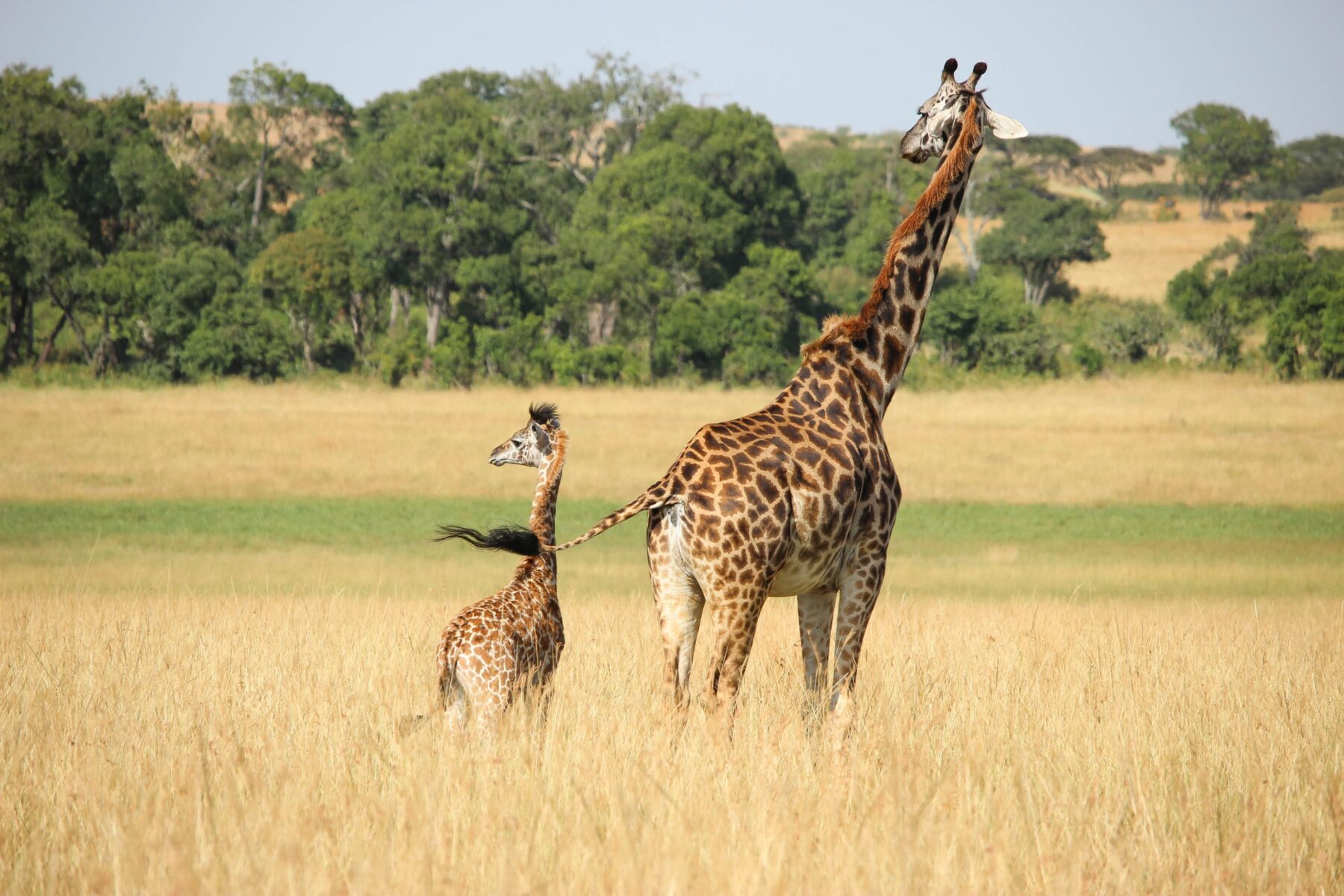“When conditions are good for giraffes, they can rebound in incredible ways,” Michael Brown, an ecologist with the Giraffe Conservation Foundation, tells National Geographic. “All they need is a chance.”
Tall regal stature, playful whimsy and subtle grace make the giraffe a favorite for zoo goers everyday but global population numbers for these intriguing creatures, like many, declined recently. Just 150 years ago, there is believed to have been over 2 million giraffes around the world but by 2015 that number was down to only 80,000.
Julian Fennessy, Executive Director of the Giraffe Conservation Foundation and his team of conservationists got to work.
Now, according to recent survey data from across the African continent, the total giraffe population is now around 117,000, approximately 20 percent higher than it was thought to be in 2015, when the last major survey was published giving new hope to scientists..
Cause for Concern
Despite how popular giraffes have become, data on them is still limited. Up until just recently giraffes were considered a single species. Recent evidence has shown researchers that there are likely four species of giraffe; Northern, Reticulated, Masai, and Southern.
The distinction between the species is helpful to pinpoint segments of the population that are at highest risk. Collectively the greatest threats against the mammals are habitat loss, changing climate conditions and poaching, “Their plight remains urgent,” Fennessy says.
Northern giraffes are the most vulnerable of the four, possibly because they are the most isolated population. This caused researchers to move giraffes to areas without existing populations that were less isolating.Efforts to relocate the northern species have been successful, one area more than doubling from 15 to 37.
Due to the sudden awareness of the decrease in population found in 2015, organizations, national parks and countries themselves began to take action. Data was collected from 21 counties, governments, researches, nonprofits, and environmental stewards. Fennessy and six other co-authors used the data to analyze and share their peer reviewed work. In December of 2021, Conservation Status of Giraffe, was published.
“While advanced survey methods may be the reason for some of the increase in population estimates, there have been very positive indicators that conservation programs on the ground are also having a profound impact,” Jenna Stacy-Dawes, a biologist who studies giraffes at the San Diego Zoo Wildlife Alliance tells National Geographic.
Rising Populations

“There is positive news, too, and too often conservation focuses on the negative,” Fennessy tells National Geographic, “It’s great to see these numbers increasing.”
Giraffe populations are on the rise giving researchers, like Fennessy, new hope for conservation.
The conservation efforts are two fold, first is to use updates in survey methodology to provide more accurate tracking and second is a focus on environmental stewardship programs to improve protections for natural repopulation
Still Work To Do
Despite the positive there is still concern for the giraffe population. The International Union for Conservation of Nature has not completed its research on the species, making it difficult for conservationists to accurately label the risk to unique giraffe populations and threats of illegal hunting, habitat destruction, and changing weather are still cause for concern
Even so, researchers are seeing hope.
In Genesis 1:26 (NLT), God said, “Let us make human beings in our image, to be like us. They will reign over the fish in the sea, the birds in the sky, the livestock, all the wild animals on the earth, and the small animals that scurry along the ground.”
The collaboration between governments, earth stewards, researchers, and conservation specialists shows, there is hope these tall spotted mammals can continue to survive and thrive.





 Copyright
2024
Root and Vine
Copyright
2024
Root and Vine